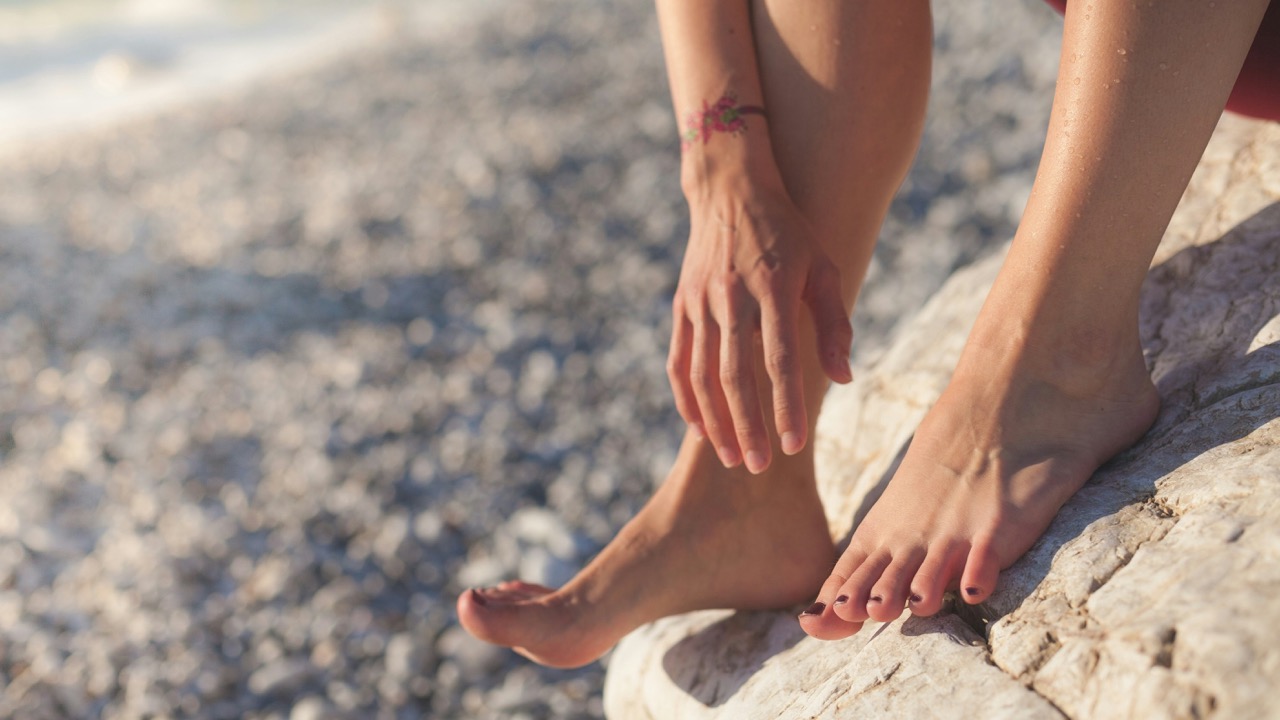How Do I Know If My Shoes Are The Right Fit?

Choosing the right pair of shoes goes beyond mere aesthetics; proper shoe fit is crucial for both comfort and foot health. Ill-fitting shoes can lead to a variety of issues, including blisters, calluses, bunions, and even chronic pain. Understanding how to determine if your shoes fit correctly can enhance your walking experience, improve your posture, and prevent long-term damage to your feet. This article delves into the importance of proper shoe fit, signs of poor fit, common issues, and how to measure your feet accurately.
Understanding the Importance of Proper Shoe Fit
The primary role of shoes is to protect our feet while providing support during daily activities. Shoes that fit well distribute pressure evenly across the foot, reducing the risk of injuries and discomfort. Proper fit is particularly vital for those who engage in sports or spend extended periods on their feet, as improper footwear can affect balance and coordination, leading to accidents or falls.
Additionally, the right shoe fit can significantly impact overall foot health. Poorly fitting shoes can cause deformities, such as hammertoes or bunions, which may require medical intervention if not addressed promptly. Moreover, well-fitting shoes can enhance your performance, especially in athletic activities, by allowing for natural movement and reducing fatigue.
Lastly, the psychological aspect of wearing comfortable shoes cannot be overlooked. When your shoes fit well, you are more likely to feel confident and at ease, which can positively affect your mood and productivity. Therefore, investing time and effort into finding the right fit is essential for both physical and emotional well-being.
Key Signs That Indicate Your Shoes May Not Fit Right
One of the most obvious signs that your shoes do not fit properly is discomfort during wear. If you frequently experience soreness, pinching, or a burning sensation in your feet, it is a clear indication that your shoes may be too tight or too narrow. Consistent discomfort can lead to a negative association with wearing shoes, making it crucial to address fit issues promptly.
Another sign of improper fit is the presence of blisters or calluses. These painful skin conditions often arise from friction between the shoe and the foot, which is exacerbated by shoes that are either too loose or too tight. If you notice recurring blisters in specific areas, it may signify that your shoes do not conform well to the shape of your feet.
Lastly, if you find yourself frequently adjusting your footwear—such as pulling at the back of your shoes or repositioning your toes—this may be an indicator of poor fit. Shoes should feel secure without requiring constant attention. If you are constantly aware of your footwear, it may be time to reassess their fit.
Common Shoe Fit Issues and Their Solutions
One common issue is the length of the shoe. If your toes are crammed against the front of the shoe or if you find yourself sliding forward, your shoes may be too short. A simple solution is to measure your feet and choose a size that allows for a thumb width of space between your longest toe and the shoe’s end, ensuring adequate room for movement.
Another prevalent problem is width. Shoes that are too narrow can cause pinching, while those that are too wide may lead to instability. If you experience any discomfort on the sides of your feet, consider brands that offer different width options or look for styles that feature adjustable features, such as laces or Velcro straps.
Lastly, heel slippage is a frequent concern. If your heel lifts out of the shoe while walking, it may be due to improper sizing or shoe design. To remedy this, look for shoes with a snug heel counter or opt for insoles that provide extra cushioning and support. Additionally, trying shoes at the end of the day, when your feet are slightly swollen, can help ensure a better fit.
How to Measure Your Feet for the Perfect Shoe Fit
To determine your correct shoe size, start by measuring both feet. Stand on a piece of paper and trace the outline of each foot. Measure the distance from the heel to the longest toe for each foot. This will help you identify any size discrepancies, as many people have one foot that is slightly larger than the other.
Next, consult a shoe size chart to compare your measurements. Note that different brands may have variations in sizing, so it’s essential to try on shoes before purchasing. Remember to wear the type of socks you plan to use with the shoes, as this can impact fit. A good rule of thumb is to try on shoes at the end of the day when your feet are typically at their largest.
Finally, when trying on shoes, make sure to walk around in them for a few minutes. Pay attention to how they feel in various scenarios, such as walking, bending, or pivoting. If the shoes feel comfortable and secure without causing any pressure points, you have likely found the perfect fit.
Finding the right shoe fit is essential for comfort, foot health, and overall well-being. By understanding the importance of shoe fit, recognizing the signs of ill-fitting shoes, addressing common fit issues, and accurately measuring your feet, you can make informed decisions when selecting footwear. Investing in well-fitting shoes not only enhances your daily activities but also contributes to your long-term health. Remember, a little diligence in ensuring the right fit can lead to significant improvements in your comfort and quality of life.




